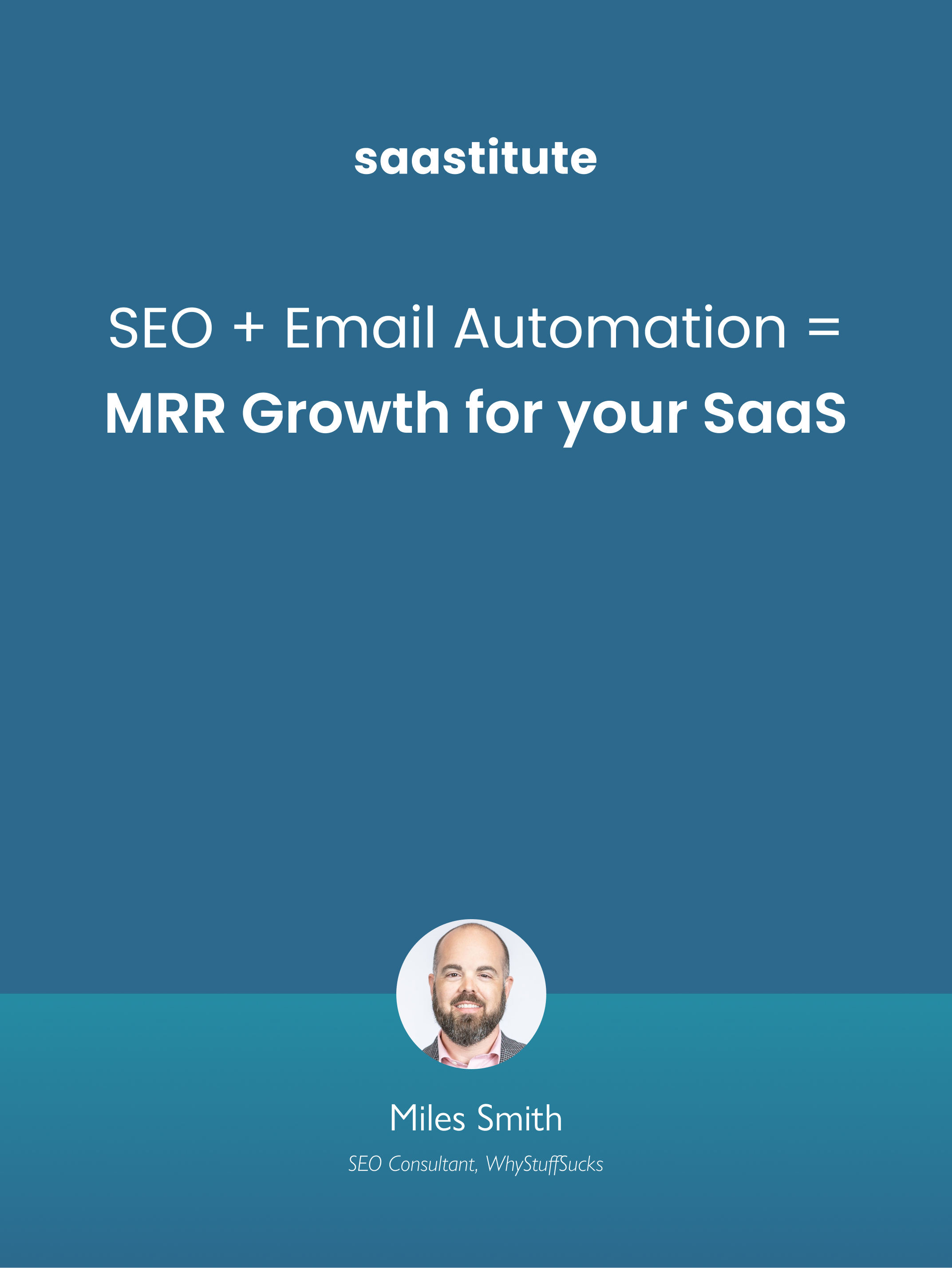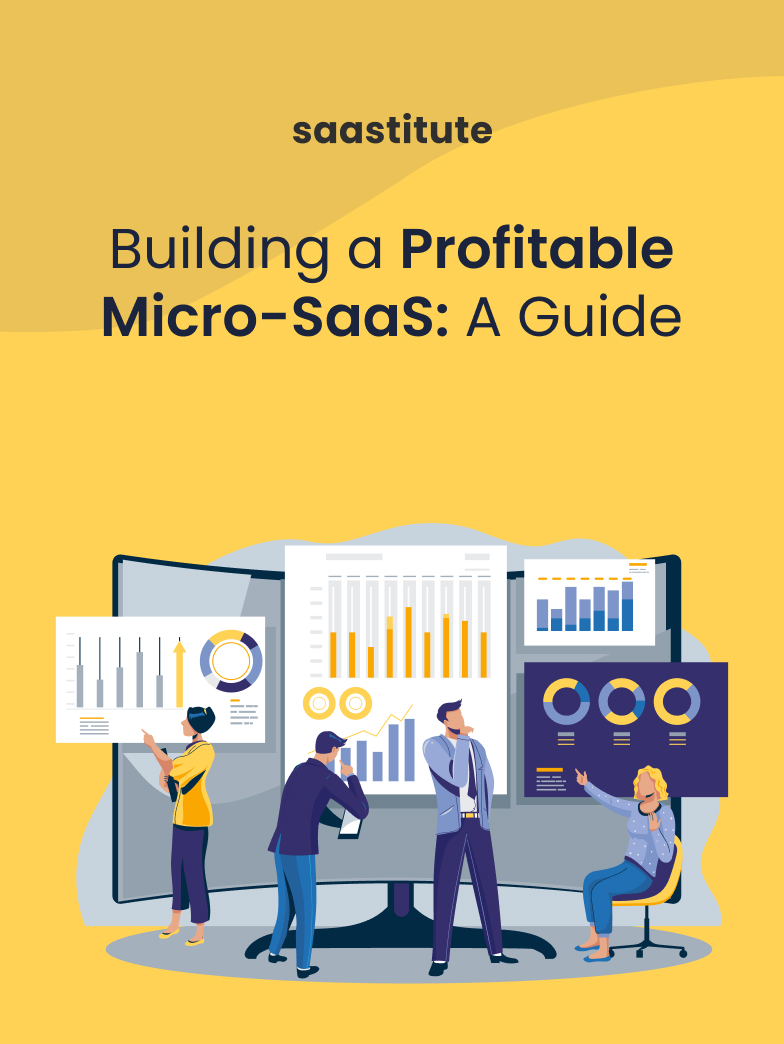8 Customer Success Metrics to Improve your SaaS Retention
Do your customers choose you time and again over others? If not, we list the most important customer success metrics you should track to ensure better retention for your SaaS.

The tug of war between customer acquisition and customer retention appears inconclusive to many. In reality, one is incomplete without another.
Do your customers choose you time and again over others? Are they loyal to you? While most businesses focus on acquisition tracking they tend to overlook how many of their customers choose to stay with them over time.
Why Customer Success Matters in SaaS Retention?
Companies of every type are employing customer success strategies today, but it is only fair to say SaaS survives on retention rates.
In a monthly subscription model, the customer pays once a month for access. But if the problem of customers isn't heard or solved properly by customer care, the customers may get frustrated with the long wait period and can cancel their subscription. Many times when the customers face problems they don't even reach out to the customer care and directly cancel the subscription. The key to promoting your customer success initiatives is data, which is another reason why customer success is a sure shot way to improve customer retention
Let us talk about 8 customer success metrics that can improve the success of your SaaS retention strategy :
1. Customer churn rate
To determine the number of customers who have stopped using your product or service, customer churn rate is used. It is sometimes called customer attrition rate and can take many forms like canceled subscriptions, closed accounts, loss of recurring value, and many more. It is of utmost importance to measure a company's customer churn rate because it is a key performance indicator of a customer success strategy.
Calculating customer churn rates is pretty easy. Dividing the number of churned customers by the total number of customers gives you a customer churn rate.
2. Monthly Recurring Revenue
MRR (Monthly Recurring Revenue) is a standardized calculation of a company's predictable monthly revenue. For a SaaS or subscription-based company, it is a critical metric and companies track their MRR for measuring growth and financial forecasting.
MRR = Monthly Average Revenue per User (ARPU) X Total Number of Monthly Users
3. Customer Health Score
Questions like what impact is your service creating in the customer's life? What is the success rate of the firm that brought your services? How are the services helping to solve their problems? One can get all these answers by analyzing customer health scores. Customer health scoring is a measure by which companies score the customers based on their likelihood to grow, churn or renew flat. Though scoring systems vary from company to company, it is very important for customer success teams. Slight mistakes in scoring often lead to helping a customer that is likely to churn away.
If a scoring system is developed with the utmost care, it can help customer success managers and teams to recognize the risks before they arise.
4. Customer Retention Cost
CRC or Customer Retention Cost is a measure that shows the total cost of retaining a customer. A loyal customer base is of greater merit than acquiring new customers who might not be loyal. It also involves a lot of risks. By measuring CRC, a safe marketing budget can be set without losing loyal customers.
5. CAC Ratio
CAC ratio stands for cost of customer acquisition ratio. It is one of the most favorite SaaS metrics as one needs only two inputs to get the results of the CAC ratio. It determines the relationship between the rate of expansion of the bookings with the expenses of sales and marketing. It majorly focuses on the cost to acquire annualized recurring revenue which plays a vital role in finding the revenue generated yearly for the life of a subscription.
6. ARPU
Average Revenue Per User (or Unit) is, as the name suggests, average revenue received by a user over some time. SaaS companies use ARPU to gain a better insight into profit generation, understanding customers, financial forecasting, and comparing to the competition.
ARPU = Total Revenue/Average Users
7. LTV
(Customer) Life Time Value or LTV or CLTV is an approximate total revenue that a single customer generates over a course of time. CLTV is often used by companies to score their customers. The increasing value of CLTV shows that your products and services are a success and keeping them happy. On the other hand, a decreasing value means that your business may need to re-evaluate its offers for shortcomings.
8. NPS
Net Promoter Score is a measure by which companies evaluate customer satisfaction and loyalty. It is often based on answers to a survey that asks about referring your software on a scale of -100 to 100. As the customers are expected to explain the reasons for their scores, NPS provides valuable customer feedback. This helps to measure qualitative and quantitative data to improve upon.
NPS = % of promoters - % of detractors
where promoters are the people who are very likely to refer to your software and detractors are those who are not at all likely.
In the End
There are a bundle of ways to find the perfect customer success metric for your SaaS. One needs to identify what works best for their SaaS customers retention. But it is very crucial to invest your energy and time in this factor as it is very economical and can provide greater heights to your SaaS. Understanding what works best for your customers and which services are causing hurdles in their success will also help in building a good relationship with them. This will amplify the chances of retention.














.svg)


